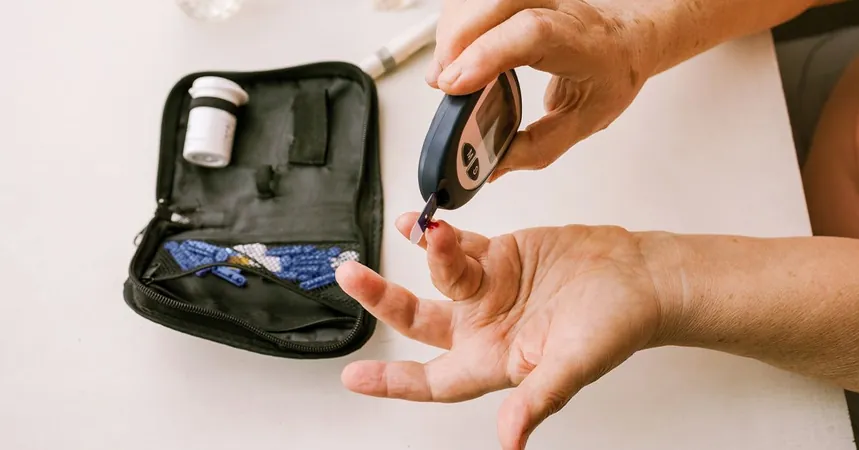
Revolutionary 'Translator' Tool for Brain Studies Set to Transform Neurological Research
2025-03-27
Author: Arjun
In a groundbreaking development, researchers at UCLA Health have unveiled a cutting-edge digital toolbox that promises to establish a "common language" for brain network studies. This innovative tool could drastically accelerate discoveries and advancements in the treatment of neurological and psychiatric disorders.
Published recently in the esteemed journal *Nature Communications*, this research introduces open-source software designed to tackle a significant challenge in brain imaging research. The initiative aims to harmonize diverse terminologies and classifications that have historically complicated the field.
"Since humans have been curious about the brain, mapping its regions has been fundamental to our understanding," stated Professor Lucina Uddin, the senior author of the study, who is also the Director of the UCLA Brain Connectivity and Cognition Laboratory. Uddin emphasized that the brain can be segmented based on various attributes—such as cellular structure and function—but this has led to the creation of multiple brain atlases, each with its unique nomenclature.
To bridge this gap in communication amongst researchers, the newly developed Network Correspondence Toolbox allows scientists to upload their brain imaging data and compare it against 16 of the most commonly referenced brain atlases. This feature not only facilitates a more straightforward analysis but also enhances collaborative efforts on a global scale.
Brain imaging techniques, especially MRIs, have become vital tools for understanding various symptoms and disorders. Uddin likened the brain's structure to that of major airports, wherein specific regions operate as complex hubs with intricate connections to other areas. By leveraging this new tool, researchers can gain insights into how these hubs interact, and how any alterations or damage may contribute to numerous disorders.
Furthermore, a better understanding of these connections could pave the way for personalized, precise treatment strategies for individuals suffering from psychiatric or neurological conditions. "With this tool, I hope researchers will discover commonalities across their findings, which previous misunderstandings in naming conventions may have obscured," Uddin remarked.
The implications of this software are profound—transforming how researchers view the brain could lead to more standardized approaches that highlight reproducible patterns. As the medical community pushes towards a greater understanding of brain function and its disorders, this innovation may indeed be the key to unlocking new therapies and enhancing patient outcomes.
Stay tuned, as we continue to monitor developments in this field—it's an exciting time for neuroscience!




 Brasil (PT)
Brasil (PT)
 Canada (EN)
Canada (EN)
 Chile (ES)
Chile (ES)
 Česko (CS)
Česko (CS)
 대한민국 (KO)
대한민국 (KO)
 España (ES)
España (ES)
 France (FR)
France (FR)
 Hong Kong (EN)
Hong Kong (EN)
 Italia (IT)
Italia (IT)
 日本 (JA)
日本 (JA)
 Magyarország (HU)
Magyarország (HU)
 Norge (NO)
Norge (NO)
 Polska (PL)
Polska (PL)
 Schweiz (DE)
Schweiz (DE)
 Singapore (EN)
Singapore (EN)
 Sverige (SV)
Sverige (SV)
 Suomi (FI)
Suomi (FI)
 Türkiye (TR)
Türkiye (TR)
 الإمارات العربية المتحدة (AR)
الإمارات العربية المتحدة (AR)